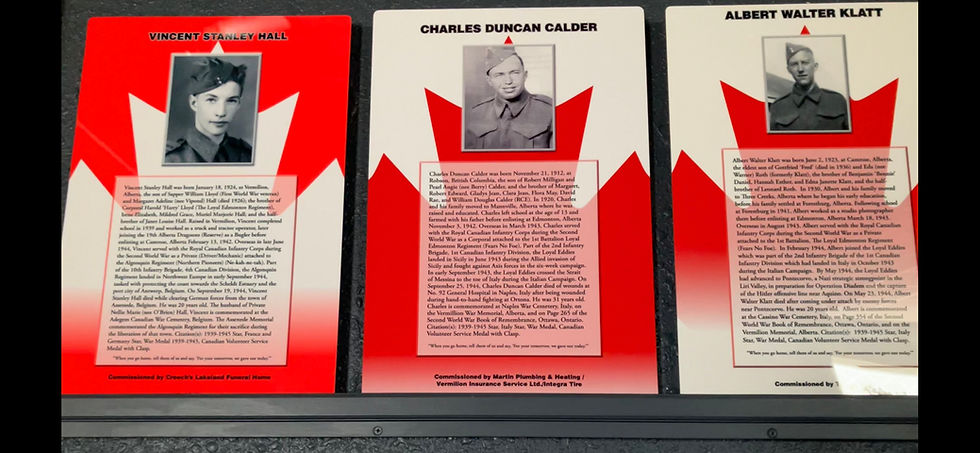Young Minds Take Flight: Vermilion Flying Club Hosts Grade 5 Students
- Lorna Hamilton

- Jun 17
- 2 min read
The skies may have remained calm on June 10, but excitement was soaring as the Vermilion River Flying Club welcomed Grade 5 students from Vermilion Elementary School for an educational and interactive tour of the Vermilion Airport.
The immersive field trip was designed to complement the students’ classroom unit on flight, bringing textbook theories to life through firsthand experiences. Split into small groups, students rotated through various learning stations—each highlighting different aspects of aviation and airport operations.
Inside the airport terminal, Flying Club member and flight instructor Erwin Warkentin introduced students to the principles of flight, aircraft design, and fuel consumption and much more. He fielded a flurry of curious questions about everything from the world’s largest airplanes to the fastest jets.
On the airside, students were given a safety briefing by club member Darcy Balaneski, who also works at the Lloydminster Municipal Airport as a Flight Service Specialist upon arrival. “This is an active airport,” Balaneski cautioned. “If an aircraft needs to land or take off, we must give them lots of space and no matter what don’t going running towards it.”
Balaneski led a hands-on session in meteorology, explaining how weather impacts aviation. “There are 14 cloud types officially reported in Canada, most named in French or Latin,” he explained. “Cumulonimbus, for example, is a towering storm cloud, while cirrus clouds are those thin, wispy ones way up high.”
He also discussed why pilots prefer flying in cold weather: “Cold air is denser, which gives the aircraft better lift. On hot days, the air becomes less dense, increasing what we call density altitude—essentially, the plane thinks it’s at a higher elevation, so it needs a longer takeoff roll and more speed to get airborne.”
Out on the taxiway, students examined the runway lighting, wind sock, and compass-based runway numbers, learning how each plays a vital role in pilot navigation and safety. Balaneski also pointed out the massive white “Vermilion” painted on the apron. “In the early days of aviation, pilots relied on maps for navigation and visual cues,” he said. “From 10,000 feet, seeing the town’s name helped them confirm their location.”
Continued on page 3
Continued from page 2
Back on the ground, club member and pilot Jim Mead introduced students to his vintage 1946 single-propeller aircraft. With visible pride, he explained how the plane’s body is covered with a special aircraft fabric that must be ironed tight to form a smooth, aerodynamic surface. “One student guessed you vacuum-pack it,” Mead laughed. “Not quite—but ironing it carefully gets it there.”
Meade also shared how starting the aircraft involved manually rotating the propeller three times—an old-school method that captivated the young audience.
Another club member, pilot Larry Bingham, showcased the cockpit instruments, flight controls, and navigation systems in his aircraft, giving students a glimpse into the tools modern pilots use to chart their course and stay airborne safely.
By the end of the tour, students had sat in the pilot’s seat, handled the yoke and controls of an aircraft, and absorbed valuable knowledge about the science and technology of flight.
For the Vermilion River Flying Club, the event wasn’t just about teaching aviation—it was about sparking a lifelong curiosity.














Comments